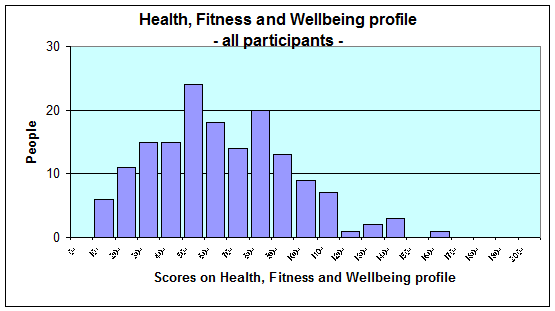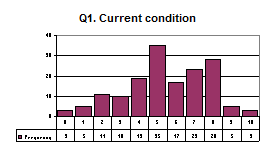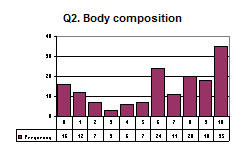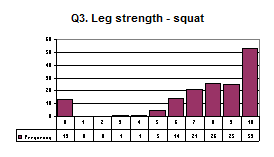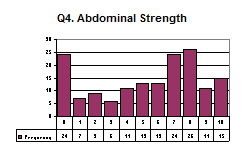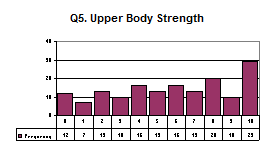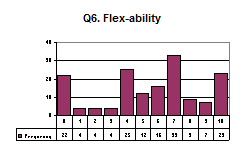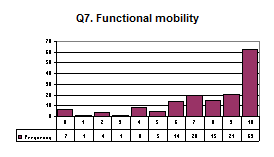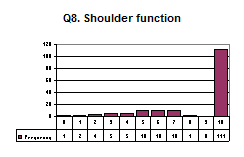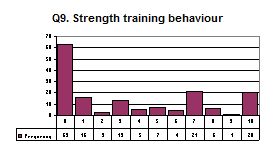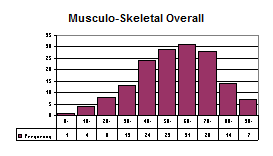|
|
|
|||||||||||||||||||||||||||||||||||||||||||||||||||||||||||||||||||||||||||||||||||||||||||||||||||||||||||||||||||||||||||||||||||||||||||||||||||||||||||||||||||||||||||||||||||||||||||||||||||||||||||||||||||||||||||||||||||||||||||||||||||||||||||||||||||||||||||||||||||||||||||||||||||||||||||||||||||||||||||||||||||||||||||||||||||||||||||||||||||||||||||||||||||||||||||||||||||||||||||||||||||||||||||||||||||||||||||||||||||||||||||||||||||||||||||||||||||||||||||||||||||||||||||||||||||||||||||||||||||||||||||||||||||||||||||||||||||||||||||||||||||||||||||||||||||||||||||||||||||||||||||||||||||||||||||||||||||||||||||||||||||||||||||||||||||
|
Health, Fitness and Wellbeing Results |
||||||||||||||||||||||||||||||||||||||||||||||||||||||||||||||||||||||||||||||||||||||||||||||||||||||||||||||||||||||||||||||||||||||||||||||||||||||||||||||||||||||||||||||||||||||||||||||||||||||||||||||||||||||||||||||||||||||||||||||||||||||||||||||||||||||||||||||||||||||||||||||||||||||||||||||||||||||||||||||||||||||||||||||||||||||||||||||||||||||||||||||||||||||||||||||||||||||||||||||||||||||||||||||||||||||||||||||||||||||||||||||||||||||||||||||||||||||||||||||||||||||||||||||||||||||||||||||||||||||||||||||||||||||||||||||||||||||||||||||||||||||||||||||||||||||||||||||||||||||||||||||||||||||||||||||||||||||||||||||||||||||||||||||||||||
|
|
11. Upside Downs
John Miller conducted the Musculo-skeletal Health Program for The Group in April 2013.
159 participants completed the Health, Fitness and Wellbeing profile; 73 men and 86 women.
The results are presented in graphic format, with commentary.
Health, Fitness and Wellbeing Profile The Health, Fitness and Wellbeing profile provides people with a very good idea of how well the various systems of the body are functioning, particularly the
• the mind • autonomic nervous system • immune system • digestive system • circulatory system • elimination system • musculo-skeletal system.
On this profile a good score is a low score.
The score of a normal, fit and healthy human being is less than 20 Higher scores are symptomatic of dysfunction of one or more body systems. People with low levels of fitness and high levels of stress usually score well over 100.
For people with a score of more than 80, the ‘background noise’ of their life is becoming louder and louder. It is hard to concentrate on your work when body systems are dysfunctional. We know a fit and healthy group when we see the majority of scores below 40. This was not the case with this group.
By and large higher scores are usually a reflection of
• low levels of fitness
• an inability to deal with what life and work are serving up to people.
Remember, it is not what happens, but how we deal with what happens that determines our level of stress.
Classification of average scores: Excellent - less than 40. Good - 41 - 50. Reasonable 51-60. Poor - over 60.
This profile is described as fair to middling. The average score was 67. Anyone scoring more than 80 is putting up with a lot of 'background noise'.
Health Climate Survey Based on scores received in the Wellbeing profile we've compiled a Health Climate Survey. Scores on each item have ranked - the higher the score the worse the problem. We added the scores for each item. The results appear in the table below.
This is a very average result. As a group these people are not particularly fit and healthy. In particular, this is reflected in their musculo-skeletal health.
Only 14% believe they could be in the wrong job. This is low by normal standards. However, 26% say they are under-appreciated at work. There is no excuse for people being under-appreciated at work.
It's pleasing to note that only 10% of people smoked, about half the community average.
This is a profile of people lacking in aerobic fitness, strength and flexibility and who are willing accomplices to a stressful, garbohydrate way of life.
Click here to read more about the garbohydrate way of life.
On a positive note you can halve your score in three months if you're diligent.
Musculo-skeletal Risk factor Profile Our musculo-skeletal risk factor profile looked at a range of parameters including mobility, strength and flexibility and whether people are training to keep themselves strong and flexible.
The musculo-skeletal risk factor profile is comprised of a mix of 7 objective and 3 subjective assessments.
• Current musculo-skeletal condition • Body composition • Leg strength test • Abdominal strength test • Upper body strength test • Flexibility • Functional mobility – the sit down, stand test. • Shoulder function • Strength training behaviour • Flexibility training behaviour
Click here to view the Musculo-skeletal Health Risk Profile.
On this profile a good score is a high score. A score of 70% is attainable by those who have a regular and systematic training program.
Those scoring less than 70 are not doing sufficient in the way of strength and flexibility exercises. They are therefore exposing themselves to a high risk of musculo-skeletal dysfunction. (It would be bizarre for a workplace to offer to pay the rehabilitation costs of people who were not keeping themselves strong enough or flexible enough to do their job without succumbing to musculo-skeletal dysfunction, wouldn't it?)
Lack of strength and flexibility is something that the Organisation needs to take seriously and monitor carefully and put in place an organisation-wide strategy to improve musculo-skeletal function.
By far and away a high proportion of people do not have a strength and flexibility program. As a result they are getting weaker and tighter by the week, thereby exposing themselves and the organisation to risk.
When push comes to shove and people become dysfunctional, it will be The Organisation that ends up paying the high cost of an avoidable musculo-skeletal complaint. In our opinion musculo-skeletal dysfunction caused by the lack of a regular and systematic strength and flexibility program cannot be classified as an injury.
Responsibility for musculo-skeletal dysfunction needs to be sheeted home to individual employees, though it’s unlikely to happen without the establishment of a culture within the organisation that supports, values and understands strength and flexibility.
We recommend a range of strength and flexibility classes that are readily available Australia-wide: -
• Posture and Flexibility • Yoga • Global Back Care Clinic • Tai Chi • Pontius Pilates
The Organisation would place itself in the forefront of OH&S practice if it took the musculo-skeletal risk seriously and moved heaven and earth to educate all staff about this risk and encourage them to take part in a regular strength and flexibility program.
Maybe the Organisation and its worker's compensation insurer could invest in a pilot program to increase staff strength and flexibility! The lack of strength and flexibility training coupled with poor abdominal strength, upper body strength, flexibility and shoulder function is a cause for concern and needs the attention of individual staff and managers.
Recommendations
We strongly recommend that:
1. the organisation implement an obligatory, 10 minute daily strength and flexibility training program for all its staff.
2. the people who are in current poor musculo-skeletal health, and who lack abdominal strength, upper body strength, flexibility, shoulder function and functional mobility, in particular those who scored less than 60 on the profile, be obligated to attend regular, in-house strength and flexibility classes.
The pressure on the organisation's workers' compensation costs is such that to do otherwise would, in our opinion be to abrogate a responsibility for the prudent management of the organisation's finances.
Miller Health 7 Salvado Place Stirling ACT 2611 (02) 6288 7703
|
|||||||||||||||||||||||||||||||||||||||||||||||||||||||||||||||||||||||||||||||||||||||||||||||||||||||||||||||||||||||||||||||||||||||||||||||||||||||||||||||||||||||||||||||||||||||||||||||||||||||||||||||||||||||||||||||||||||||||||||||||||||||||||||||||||||||||||||||||||||||||||||||||||||||||||||||||||||||||||||||||||||||||||||||||||||||||||||||||||||||||||||||||||||||||||||||||||||||||||||||||||||||||||||||||||||||||||||||||||||||||||||||||||||||||||||||||||||||||||||||||||||||||||||||||||||||||||||||||||||||||||||||||||||||||||||||||||||||||||||||||||||||||||||||||||||||||||||||||||||||||||||||||||||||||||||||||||||||||||||||||||||||||||||||||||
